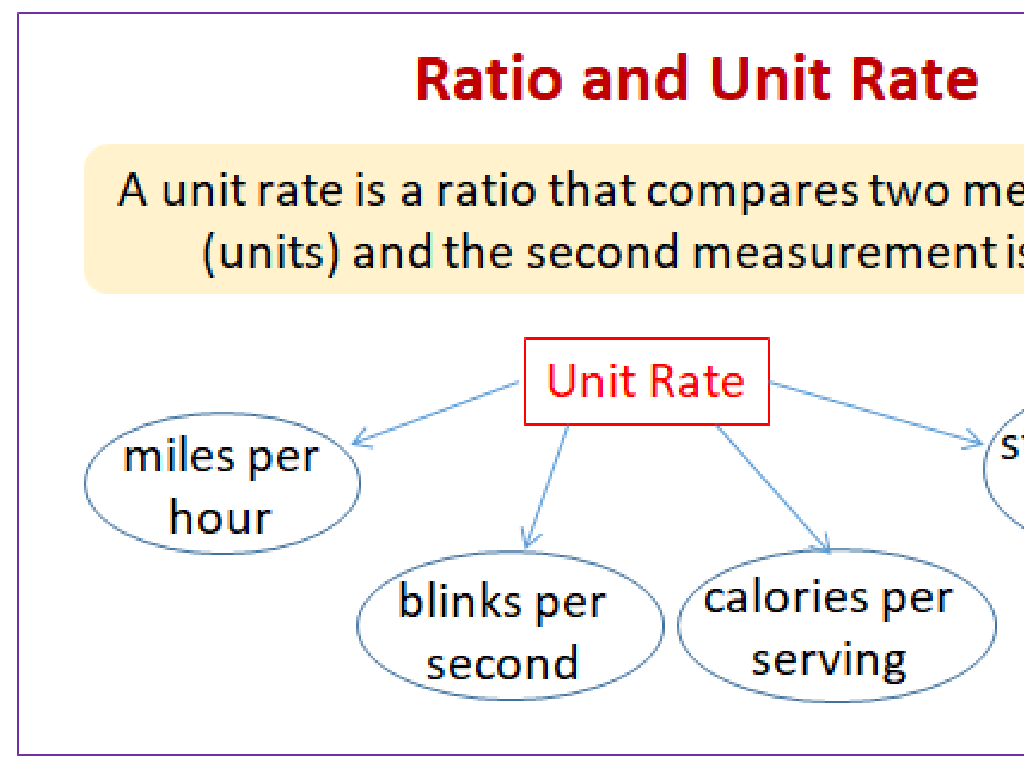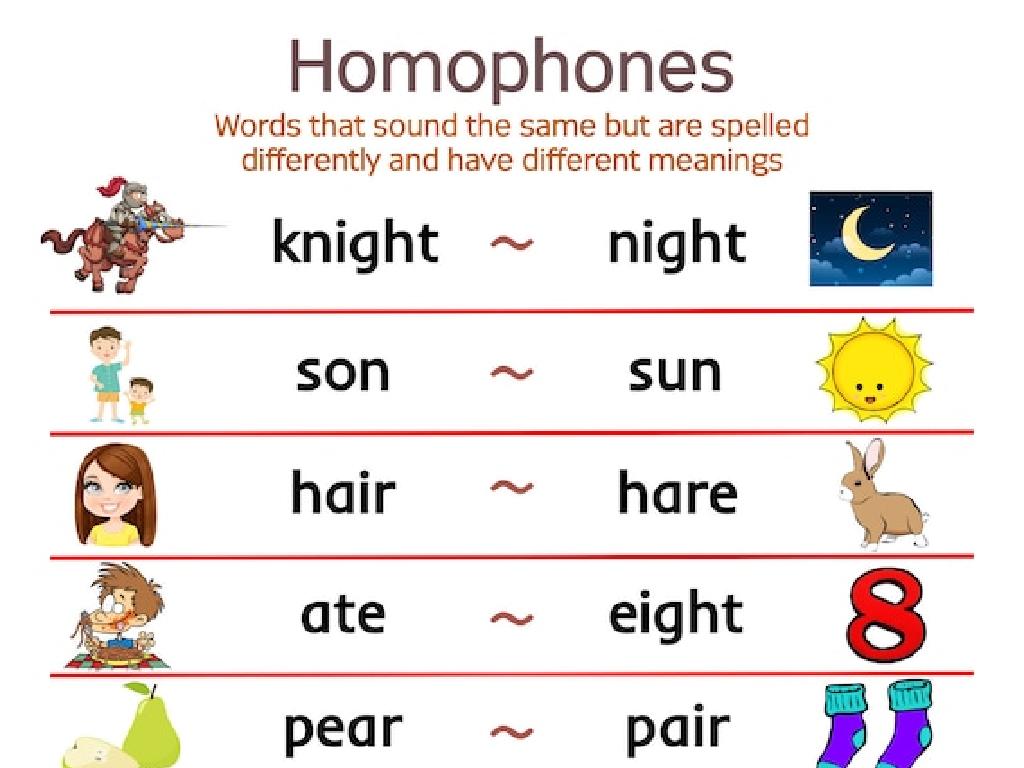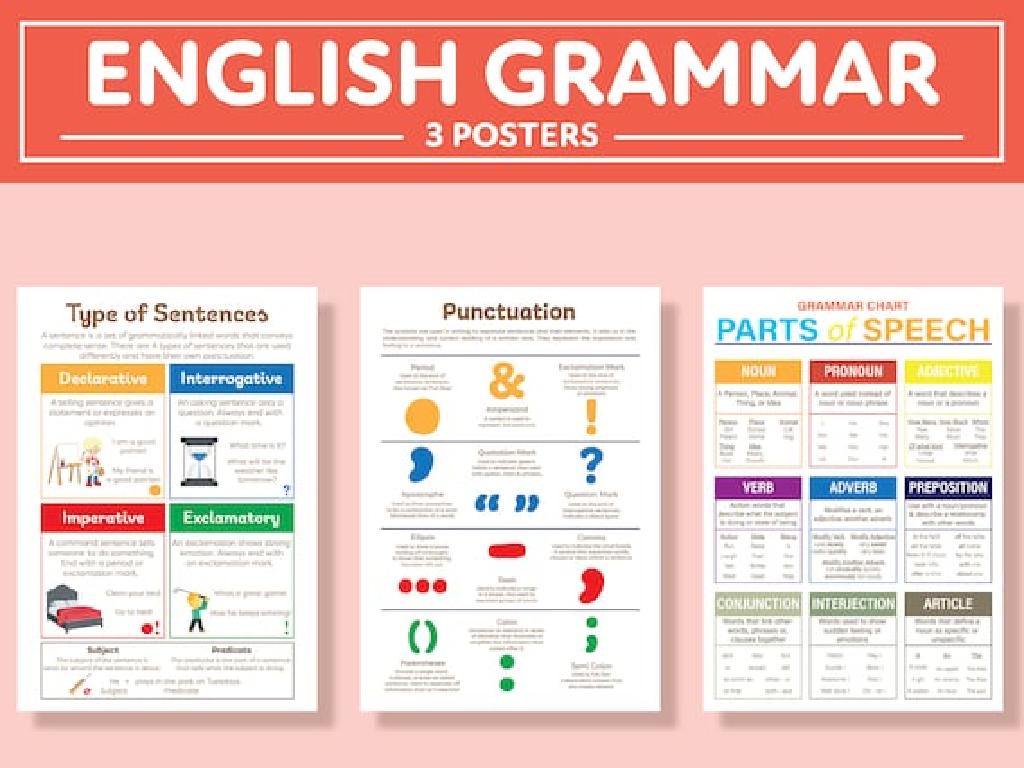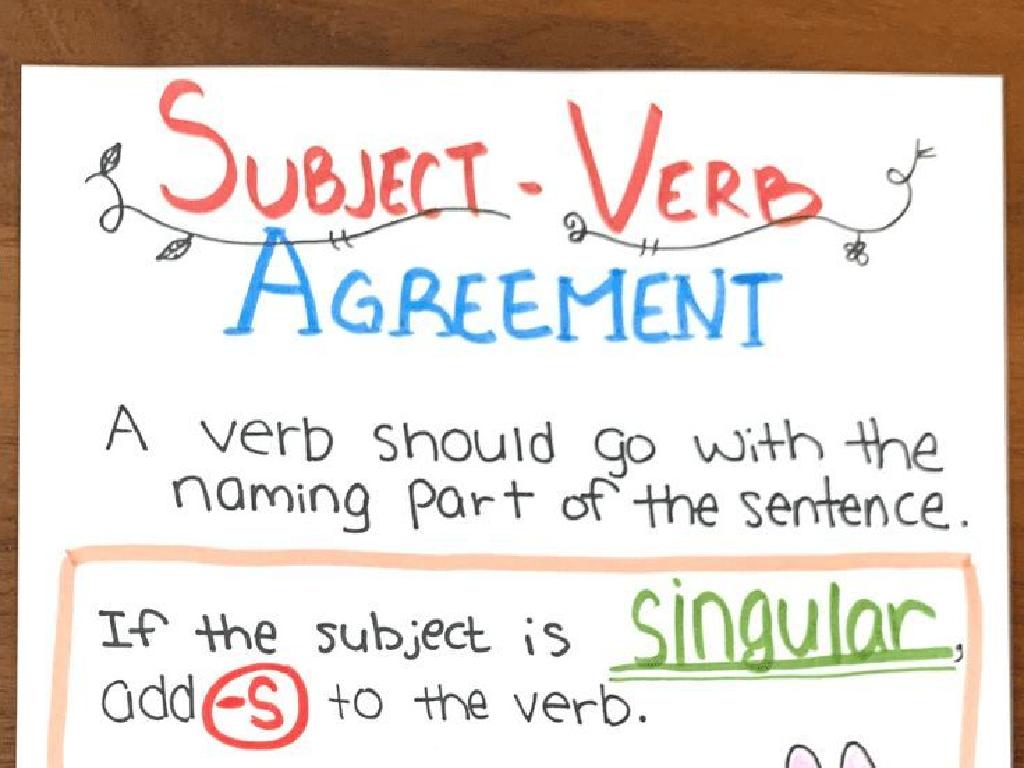Identify How Particle Motion Affects Temperature And Pressure
Subject: Science
Grade: Seventh grade
Topic: Particle Motion And Energy
Please LOG IN to download the presentation. Access is available to registered users only.
View More Content
Particle Motion and Energy: Temperature and Pressure
– Explore particle motion basics
– Particles are always moving; the speed can vary
– Relate motion to temperature
– Faster particle motion means higher temperature
– Relate motion to pressure
– More motion leads to more collisions and higher pressure
– Set learning goals for today
|
Begin the lesson by explaining that all matter is made up of particles that are constantly in motion, and this motion can be different depending on the state of matter (solid, liquid, gas). Clarify that temperature is a measure of the average kinetic energy of the particles in a substance; therefore, when particles move faster, the temperature rises. Discuss how particle motion also affects pressure; in a closed container, faster-moving particles will collide with the walls more often, increasing the pressure. Today’s learning goals should focus on understanding these concepts and being able to explain the relationship between particle motion, temperature, and pressure. Encourage students to think of examples from daily life where they can observe the effects of temperature and pressure changes.
Particle Motion and Its Effects
– All matter is made of particles
– Particle motion relates to temperature
– The energy of particle motion is felt as warmth or cold
– Particle speed changes with temperature
– Particles move slower in cold objects and faster in hot ones
– Faster particles increase pressure
– As particles move faster, they collide more and exert more pressure
|
This slide introduces the concept of particle motion and its relationship to temperature and pressure, which is fundamental in understanding thermodynamics. Emphasize that all matter is composed of particles that are in constant motion. The energy of this motion is perceived as temperature; the faster the particles move, the higher the temperature we feel. Conversely, slower particle motion corresponds to a lower temperature. Additionally, explain that as temperature increases and particles move faster, they collide with more force, which results in increased pressure. This can be demonstrated with examples such as a heated balloon expanding or a pressure cooker in operation. Encourage students to think of other examples where increased temperature affects the pressure of a system.
Temperature: A Measure of Particle Energy
– Temperature reflects kinetic energy
– Average kinetic energy of particles is what we measure as temperature.
– Higher temperature, faster particles
– As temperature increases, particles gain energy and move more rapidly.
– Temperature influences matter’s state
– Heat can change matter from solid to liquid to gas, showing temperature’s impact.
– Exploring temperature’s effect
|
This slide introduces the concept of temperature as a measure of the average kinetic energy of particles. It explains that an increase in temperature correlates with an increase in particle movement. Students should understand that kinetic energy is the energy of motion, and temperature is an indicator of how much kinetic energy particles in a substance have. The slide also touches on how temperature changes can affect the state of matter, such as melting ice or boiling water. Encourage students to think of examples where they’ve observed temperature changing the state of matter in everyday life, like freezing water or cooking. This will help them relate the concept to real-world experiences.
Pressure: When Particles Push Back
– Pressure: force by particle collisions
– Imagine air particles hitting a balloon’s inner surface
– More collisions equal higher pressure
– Think of a crowded room: more people, more bumping into each other
– Pressure rises with temperature
– Heating a gas in a jar makes particles move faster, hitting walls more often
– Closed container: constant volume
|
This slide explains the concept of pressure in the context of particle motion and how it relates to temperature, especially within a closed system. Pressure is the result of particles colliding with the walls of their container. More collisions result in higher pressure. As temperature increases, particles move more enerously and collide more frequently, thus increasing pressure. In a closed container, where the volume is constant, this relationship is particularly noticeable. Use examples like a heated can of soup where the can may bulge due to increased pressure from the heated contents. Encourage students to think about real-life examples of pressure changes and relate them to particle motion and temperature.
Particle Motion in Everyday Life
– Hot air balloons and particle motion
– Hot air heats up, particles move faster, causing the balloon to rise as the density inside becomes less than outside.
– Deflated basketballs in the cold
– Cold air slows particles, reducing pressure inside the basketball, leading to deflation.
|
This slide aims to illustrate the concept of how particle motion affects temperature and pressure through tangible examples. The hot air balloon example demonstrates that as air is heated, the particles gain energy and move faster, which decreases the air’s density compared to the cooler air outside the balloon, allowing it to rise. Conversely, the basketball example shows that in cold weather, the air particles inside the ball move slower and take up less space, resulting in lower pressure and a deflated appearance. These real-life scenarios will help students grasp the abstract concepts of particle motion by relating them to familiar occurrences. Encourage students to think of other examples where temperature changes affect the state of objects due to particle motion.
Particle Motion: Temperature vs. Pressure
– Graph temperature and pressure
– Plot points to visualize how temperature affects pressure in a closed system.
– Learn about direct proportionality
– Direct proportionality means as temperature increases, pressure also increases, if volume is constant.
– Predict effects of particle motion
– Use the graph to predict how changing temperature will change pressure.
– Explore practical implications
|
This slide aims to help students understand the relationship between particle motion and how it affects temperature and pressure. By graphing these variables, students can visually grasp the concept of direct proportionality, which is a cornerstone of kinetic molecular theory. Emphasize that in a closed system, when particles move faster (higher temperature), they hit the container walls more often and with greater force, leading to increased pressure. Encourage students to think about everyday examples, such as a heated can of soda, where increased temperature leads to increased pressure inside the can. This understanding is crucial for predicting outcomes in natural phenomena and industrial applications.
Class Activity: Temperature, Pressure, and Particle Motion
– Observe pressure changes in a syringe
– Predict effects of heating and cooling
– Will heating increase pressure? Does cooling decrease it?
– Record observations systematically
– Note changes in syringe plunger position
– Discuss experimental results
|
This hands-on activity is designed to help students understand the relationship between particle motion, temperature, and pressure. By using a sealed syringe, students will be able to visually observe how the pressure inside the syringe changes when the temperature is altered. Before the experiment, ask students to predict the outcome of heating and cooling the syringe. During the experiment, students should carefully record their observations, noting the position of the plunger as an indicator of pressure changes. After the activity, facilitate a discussion to interpret the results and reinforce the concept that increased temperature causes particles to move faster and spread apart, increasing pressure, while decreased temperature slows particles down, decreasing pressure. Provide guidance on safety and proper handling of materials during the experiment. Suggested activities: 1) Heat the syringe in warm water, 2) Cool it in ice water, 3) Leave it at room temperature, 4) Compress and expand the plunger to simulate pressure changes.
Conclusion: Particle Motion in Daily Life
– Recap: Particle motion’s effect
– Temperature and pressure relationship
– Faster particles mean higher temperature and pressure
– Applications in everyday life
– Insulation, weather patterns, cooking
– Homework: Weather balloons
– Explain weather balloon functioning using particle theory
|
As we conclude, remember that the motion of particles is directly related to temperature and pressure; faster-moving particles will result in higher temperatures and pressure. This concept is applicable in many aspects of daily life, such as understanding how thermal insulation works, predicting weather changes, and even cooking. For homework, students will write a paragraph on the operation of weather balloons, which rise and fall due to changes in temperature and pressure, applying the principles learned today. This will reinforce their understanding and allow them to demonstrate their grasp of how particle motion affects real-world phenomena.






